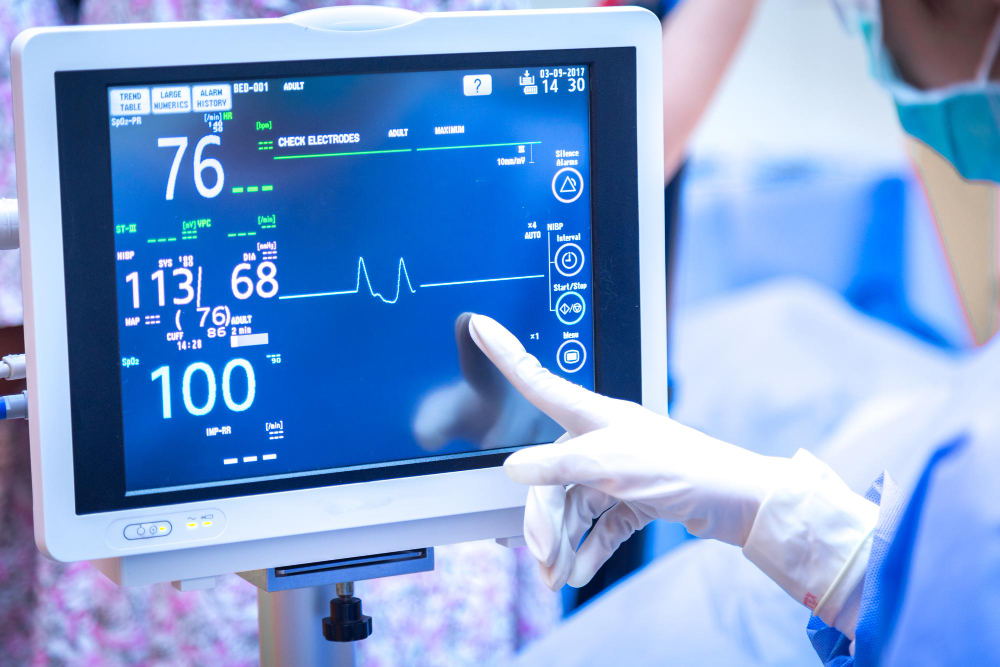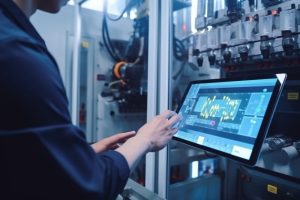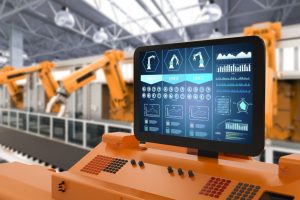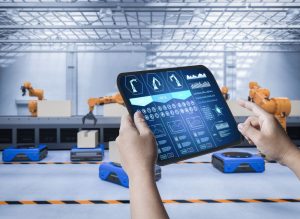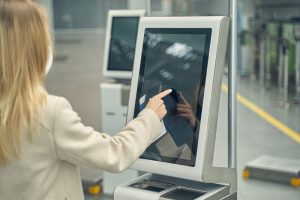Meta Description – Learn how IVS-T medical touch screens create smarter, more efficient care facilities via specialized durability, intuitive interfaces optimizing each worker’s duties, enhanced data accessibility and streamlined patient experiences.
The healthcare environment depends on efficiently gathering and processing patient data during high-stress situations. Outdated paper filing systems lead to errors and wasted time better spent providing care. Integrating user-friendly touchscreen solutions optimizes information exchange while standardizing interactivity across devices.
Here’s how modern medical touch screens are transforming patient care facilities for the better.
- Touch screens simplify patient intake and data access
- They standardize workflows across devices
- Medical-grade displays enhance durability and usability
Let’s explore how touch-driven interfaces directly enhance patient care and workplace efficiency throughout hospitals and clinics.
What is a Medical Touch Screen?
A medical touch screen is a display with an interactive glass surface that accepts fingertip input instead of requiring a mouse or keyboard. Doctors, nurses, and receptionists directly manipulate images, charts, and records onscreen by tapping or swiping the glass rather than indirectly with a separate input device.
Waterproof medical touch screens resist damage from spills and disinfectants in chaotic healthcare environments. Their operation also standardizes workflows by enabling consistent user interfaces across various all-in-one computers, tablets, and room control systems throughout a facility. This creates intuitive experiences for personnel regardless of the device.
How Touchscreen Monitors Transform Healthcare Environments?
Medical monitors enhance data accessibility, patient experiences, and privacy protections while optimizing workflows facility-wide. Here are 5 ways they create smarter, more efficient care centers.
1. Easily Gather Information
Touch panels allow instant data syncing across multiple hospital departments via shared protocols. This prevents duplication of tests and paperwork while giving caregivers comprehensive medical histories with just a few taps. Smooth data integration saves costs and boosts safety.
2. Simplify Check-in for Patients
Self-check-in kiosks with integrated insurance card readers reduce wait times by automatically gathering policy numbers, documents, and patient information instead of clerical staff handling cumbersome paperwork. Visitors can also complete consent forms, questionnaires and updates conveniently themselves.
3. Protect Privacy and Personal Health Information (PHI)
Password authentication and biometric logins like palm vein scanning tightly restrict touchscreen access for personnel only. HIPAA-compliant interfaces also conceal data from side views, while automated screen locking prevents exposing information unintentionally. Patients can trust their confidentiality.
4. Inpatient Monitoring and Care
All-in-one bedside touch portals give inpatients control over entertainment, ambient lighting, nurse call requests, and medical history reviews – granting limited autonomy and comfort customization from their pillow. Touch screens also enable ordering meals directly from dietary menus rather than waiting on busy caregivers.
5. Reduce Paper Usage
Touch devices slash printing output substantially by enabling paperless form submissions, data access/editing, and signatures. Hundreds of thousands of pages yearly are saved, cutting overhead costs on storage and supplies. Touch systems boost margins and environmental friendliness.
With screens optimizing data sharing, patient intake, inpatient stays and privacy while minimizing waste, healthcare settings reap immense rewards. Next, we’ll explore specialized medical grade monitors’ advantages.
IVS-T Medical Touch Screen Advantages
While touch capabilities help transform any display, IVS-T panels add extensive functionality tailored to healthcare’s unique needs. These medical-grade smart screens integrate profile-based interfaces, enhanced interactivity, hardened durability, and usability enhancements to optimize patient care facility-wide.
1. Increased Efficiency and Accuracy
What sets IVS-T smart screens apart is UI personalization for each worker’s duties via access levels and information hierarchy. Nurses receive role-based interfaces highlighting patient charts, treatment plans and vitals tracking while administrators more prominently manage budgets, admissions and personnel.
This prevents staff from wasting time digging through irrelevant data to find their critical tools. Tailored menu categories also prevent incorrect data entry or accidental changes by restricting access. Every worker receives a custom dashboard so they can perform their individual role more efficiently.
2. Improved Interactivity
Unlike consumer displays, IVS-T panels support multiple simultaneous touchpoints with zero lag, enabling medical teams to manipulate complex scans and imagery collaboratively. Doctors can zoom fluidly, highlight neural activity, and annotate findings dynamically at a moment’s notice without losing their train of thought.
This complex multi-touch fosters real-time group consultation to enhance patient outcomes. Support staff also benefit during training via hands-on visualization and annotation over static slides. IVS-T interactivity keeps the entire room engaged.
3. Enhanced Durability
Medical environments demand unmatched resilience to protect patients. IVS-T screens feature waterproof, antimicrobial housing, preventing fluid damage and germ transmission, while reinforced glass withstands heavy use. Smart failover components nearly eliminate downtime, so doctors always have access to critical vitals and imagery.
Quick-release mounts require no tools for modularity, and concealed cabling prevents tampering. Streamlined, clinical aesthetics also enable easily disinfecting each screen while minimal bezels prevent contamination buildup. IVS-T durability promotes safety.
4. Increased Usability
Unlike consumer displays, IVS-T panels tune screen performance specifically for medical functionality via proximity wake triggers, ambient light adaptation, OLED-optimized DICOM viewers, and precision calibration, ensuring accurate clinical imagery.
Hardware-based gamma and white point tuning ensure radiology scans showcase subtle gradations accurately, while 1500+ nit luminance aids visibility under intense surgical lamps. Factory certification also guarantees color uniformity across multiple displays so doctors can trust consistency when consulting various screens in real-time.
5. Ease of Use
Finally, IVS-T UIs enhance usability via streamlined iconography, high-contrast themes and touch boundaries preventing mis-taps – critical during intense procedures. Vibrant widescreen views provide immersive data visualization while anti-glare coatings reduce eyestrain.
Conclusion
IVS-T medical panels transform patient experiences via optimized touch capabilities purpose-built for healthcare’s unique demands. From handling complex medical imagery smoothly to simplifying facility workflows safely, they drive smarter, more personalized care facility-wide.
IVS-T offers turnkey IVS-T integration including display deployment, networked implementation and customized interface design. Their medical AV experts seamlessly transition facilities into next-generation touch screen workflows.
Contact the IVS-T team today so that we can provide you’re the ideal medical touch screen solution for your facility!
